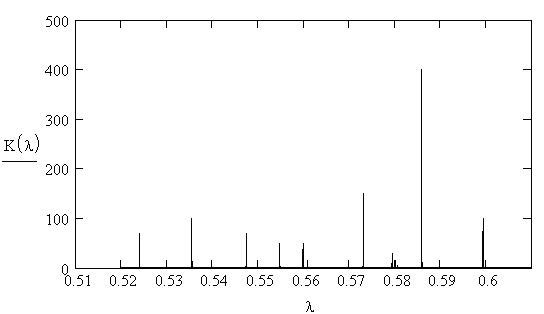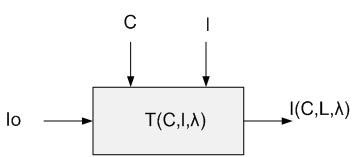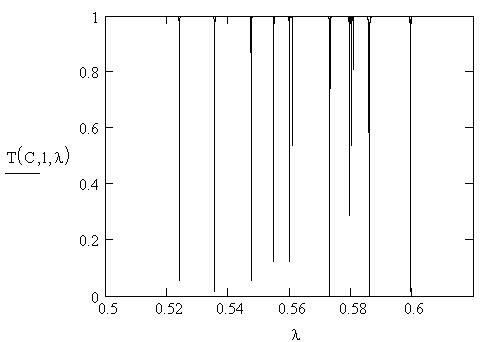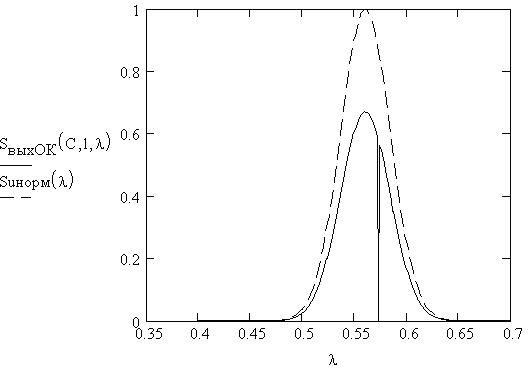
 Masters of DonNTU
Masters of DonNTU
Mariya Lytvynova
Donetsk National Technical University
Faculty: Computer Information Technologies and Automatics
Electronic Techniques department
Speciality: Scientific, analytical and ecological devices and systems
Theme of master's work: "Grounds for the structure of dust measuring channel in the atmosphere of coal mines"
Leader of work: assistant Alexandr Vovna
e-mail:jamushka@gmail.com

Actuality of the Theme
To provide health and safety working conditions for the coal miners it is essential to take effective measurements of coal dust concentration, because airborne dust coupled with methane forms explosive system [1].
The presence of methane CH4 essentially affects the explosion of coal dust. In case of absence of methane the coal dust explodes if it has not less than 30-40 g/m3 concentration in the air, and in case of presence of CH4 2 % dangerous concentration of dust is decreased to 10 g/m3 and in case of presence of methane 3 % this concentration decreases to 5 g/m3. To prevent explosion it is enough to decrease dust concentration to 5 g/m3 [10].
Objective of the Work
The objective is to continuously and constantly control concentration of coal dust in the atmosphere of coal mines in a stable condition so that to prevent explosion of powder-gas medium.
Aim of the Work
To create a fast gage to define bulk concentration with improved metrological and operating characteristics conforming to the international standards.
Idea of the Work
The idea of the work is based on the ability of the air-coal medium to decrease the force of light flowing through it as a result of partial absorption and dispersion of radiant energy by solid particles of dust. This decrease depends on the thickness of the air-coal layer through which the luminous flux passes as well as on dust concentration in this layer.
Scientific Novelty
The scientific novelty of the work lies in the use of the turbidimetric method which does not provide for means of sample preparation but allows to use an open optical channel that will allow to increase the speed of the dust counter and decrease the error of the device to the accuracy of the operating measurement tools (2-3 %). This method is applied to analyse the suspensions, emulsions, different dredges and other cloudy mediums. The intensity of the beam of light passing through such medium is decreased due to dispersion and light absorption by suspended particles.
Composition of the Atmosphere of Coal Mines
The mine air at the outgoing current of a coal mine has the following composition: N2 - 77,76 %. Î2 - 20,4, ÑÎ2 - 0,4 %, gases of explosive materials and toxic gases - 0,94 % and methane ÑÍ4 -0,5 % [4]. In comparison with the atmospheric air in the mine air there is an increase of content of ÑÎ2 , noxious gases as well as dust appear apart from decrease of Î2 content.
Short Characteristic of Optical Properties of Coal Dust
Optical properties. Passing through the powder-gas medium the light is decreased as a result of dispersion and absorption. Intensity of light dispersion depends on the size of dust particles, their concentration, complex index coefficient and angle of dispersion between the directions of the incident and diffused light [2].
Having analysed the existing methods of measurement of dust concentration [1;2;3] we came to a conclusion that they do not provide the necessary speed and accuracy for effective stationary control of coal dust in mines. To eliminate such defects it is advisable to use a turbidimetric method.
The turbidimetric method is used for analysis of suspensions, emulsions, different dredges and other cloudy mediums. The intensity of the beam of light passing through such medium is decreased due to dispersion and light absorption by suspended particles.
The turbidimetric methods are based on measurement of intensity of a light beam lt passing through the analyzed suspension. At sufficient dilution the intensity of the passed light can be calculated:
 (1)
(1)
where l — thickness of the layer, k is sometimes called molar index of solution turbidity, Ñ – concentration, I0 – intensity of incident light.
Mathematical Model of the Data Device for Measurement of Concentration of Dust in the Atmosphere of Coal Mines
Passing of the light flux through the powder-gas medium can be described by Buger-Lumbert-Bayer law. In accordance with this law the optical density of the layer of the powder-gas medium of the specified thickness is directly proportional to the coefficient of absorption and concentration of dust in this medium. The Buger-Lambert-Beer law is presented in the next form:
 (2)
(2)
where I0, I – intensity of incident and passing light; Ñ – dust concentration; l – thickness of the absorbing layer (length of a track); Ê(λ) – absorbtion coefficient; ln(I0/I)=D - optical density of substance.
The absorbtion coefficient of incident light in powder-gas medium is corresponded as sum of absorbtion coefficients of incident of individual spectral lines.
 (3)
(3)
where ài – integrated intensity of lines; bi – half width of angular line; λ0i – the center of line.
On figure 1 are presented diagrams of absorbtion coefficient K(λ) in powder-gas medium.

Figure 1 – The absorbtion coefficient
On the assumption of foresaids the optical density of dust concentrstion can be calculated:
 (4)
(4)
On figure 2 are presented diagrams of optical density of dust concentrstion.

Figure 2 – The optical density of dust concentrstion
The pass coefficient of channel can be presented:
 (5)
(5)

Figure 3 – The pass coefficient of optic channel
On figure 4 are presented diagrams of pass coefficient :

Figure 4 – The pass coefficient
Input signal is volume of incident radiation flow. Output signal is radiation flow passing through the powder-gas medium. This sygnal include information about volume of dust concentration in powder-gas medium and describes with following equation.
 (6)
(6)
where SâõÎÊλ – the spectral density capacity of LED.
As radiation source is employed LED – ÇË360Á with maximum of spectral radiation distribution on 0,55-0,56 micron wave length. Normalized spectral character of LED is presented on figure 5.

Figure 5 – Normalized spectral character of the LED
On figure 6 is presented output signal of optical channel and Normalized spectral character of radiation flow of the LED.

Figure 6 – The output signal of optical channel and Normalized spectral character of radiation flow of the LED.
Output flow of optical channel is calculated:
 (7)
(7)
where SâûõÎÊλ - the spectral density capacity of Output flow of optical channel
Results
The following results are obtained:
- the composition of the atmosphere of coal mines is studied;
- the characteristics of coal dust are studied;
- methods of measurement of dust concentration are analyzed. The turbidimetric method for application in the device is chosen.
- instruments for measurement of dust concentration are analyzed;
- the mathematical model of a data device for measurement of dust concentration in the atmosphere of coal mines is made.
To date the work on modeling of the optical channel of measurement of dust concentration in the atmosphere of coal mines is carried out taking into account disturbing factors.
In future the development of the structural scheme of the designed measurement device is planned.
Conclusions
The existing methods of measurement of dust concentration do not provide the necessary speed of measurement of concentration of coal dust in mines. The use of the turbidimetric method as well as of modern optical and microelectronics instruments will allow to create a fast-response gage for determination of concentration of dust with improved metrological and operating characteristics.
At the moment of preparation of the present abstract the master's work is still in development stage. Completion and defense of the work is scheduled for December 2007.
